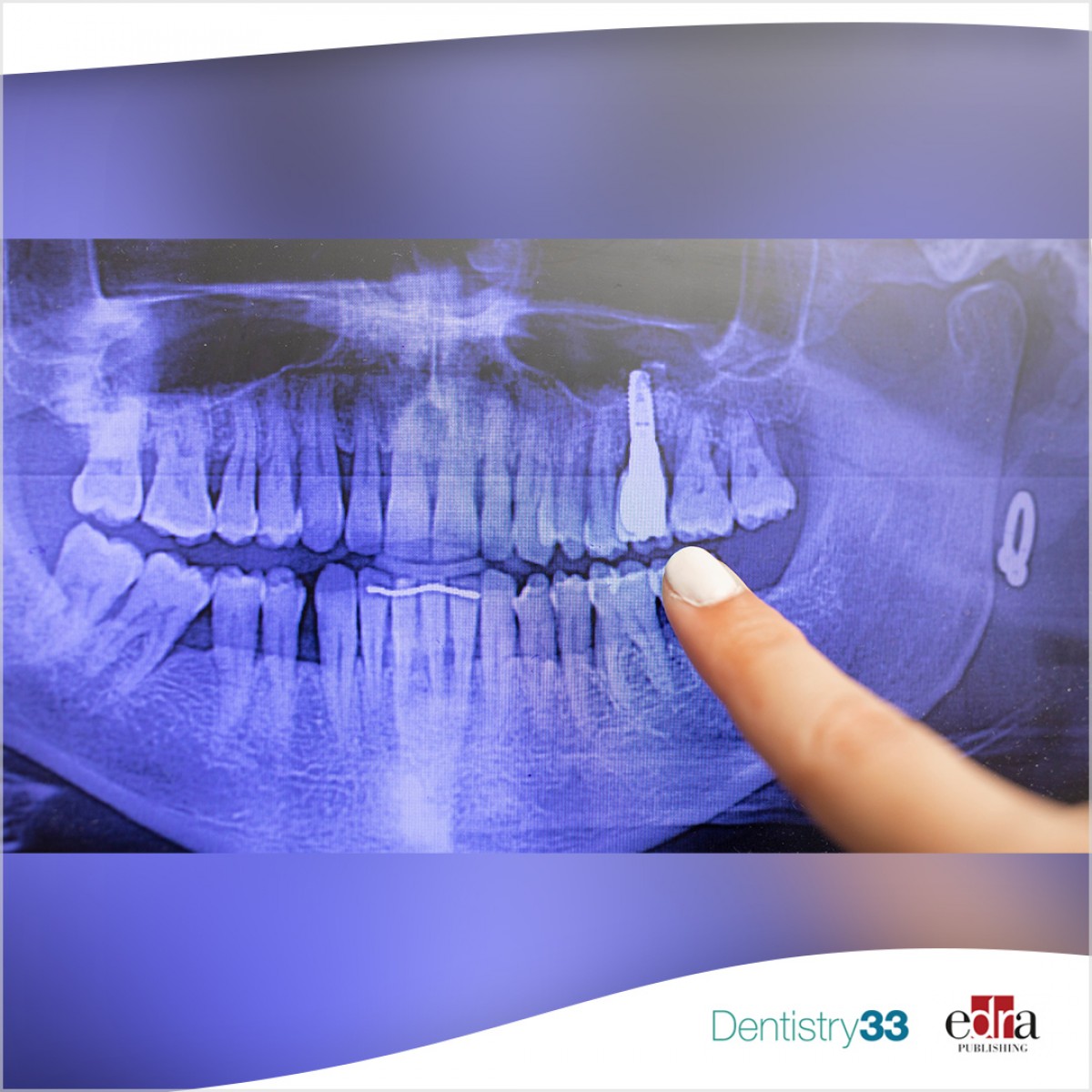
Short tuberosity implants: survival rate in diabetic vs non-diabetic patients
By Valentina Viganò, University of Milan
A study conducted by a team of researchers from King Saud University's Department of Prosthetic Sciences compared the success of short tuberosity implants in two types of patients, namely those with type 2 diabetes and non-diabetic patients. Diabetes can affect implant success, in particular type 2, which is more widespread among the population. If diabetes is not managed, it can reduce bone remodeling around the implant site, delays wound healing and leads to a less efficient immune response. In diabetic patients, we find a higher percentage of peri-implant mucositis and peri-implantitis.
What is very important when performing an implant, the researchers point out, is to guarantee its survival inside the patient's oral cavity, which occurs through the osseointegration and stability of the implant itself. To achieve these objectives, it is necessary to carefully evaluate the quality and thickness of the alveolar bone, as well as to adequately choose the surface and length of the implant. Implant failure is around the corner if an implant is placed in poor quality bone or in an area where there is bone resorption.
When choosing to place an implant on a diabetic patient, clinicians should carefully evaluate parameters such as the plaque index, the depth of the periodontal pockets and the loss of the bone crest. In particular, this is based on the amount of bone that the length and thickness of the implants to be used are decided, while the capacity for osseointegration depends on the quality of the bone.
In order to have greater implant success among patients with type 2 diabetes, there are short tuberosity implants on the market that aim to minimize tissue damage and facilitate stability in areas of the alveolar bone that have a low quantity and poor bone quality. Moreover, the reduced length of these implants also brings a lower risk of developing paresthesia due to surgery, allows easier removal of the implant in case of failure and provides less general discomfort for the patient. These implants also have a lower overall cost and application time shorter than that used with traditional systems.
Despite these positive points, the research in question has however demonstrated that diabetics, due to their altered glycemic status, have periodontal and radiographic parameters below normal compared to those of non-diabetic patients. The hypothesis of performing successful short tuberosity implants cannot therefore be endorsed. It is therefore important, for the long-term stability of these implants, to control crucial factors such as the glycemic index and plaque.
Huda I. Tulbah, Abdulaziz Alsahhaf, Hamad S. AlRumaih, Fahim Vohra and Tariq Abduljabbar. “Clinical Evaluation of Short Tuberosity Implants among Type 2 Diabetic and Non-Diabetic Patients: A 5 Year Follow-Up.” Medicina (Kaunas). 2022 Oct; 58(10): 1487. Published online 2022 Oct 19. doi: 10.3390/medicina58101487
 Related articles
Related articles
The aim of this study was to compare peri-implant clinical and radiographic status and levels of advanced glycation end products in peri-implant sulcular fluid in waterpipe users and cigarette...
 Read more
Read more
Editorials 10 October 2025
With proud smiles and crisp white coats, ninety-three learners from the DDS Class of 2029 and the International Dentist Pathway Class of 2028 marked the start of their dental careers at the UCSF...
Periodontology 10 October 2025
Continuous professional development (CPD) in Periodontology refers to the overall framework of opportunities that facilitate a life-long learning practice, driven by the learner-practitioner and...
TheraBreath, the #1 alcohol-free mouthwash brand in the U.S.*, has introduced a new line of dentist-formulated, clinically tested toothpastes designed to support professional oral care...
News 10 October 2025
New officers and trustees were installed at the Minnesota Dental Association’s Leadership Conference on September 19 in Minneapolis.
News 10 October 2025
Smartee Denti-Technology today announced that Professor Gang Shen, its Chief Scientist and Executive President of TaiKang ByBo Dental, has once again been named to the World’s Top 2% Scientists...











